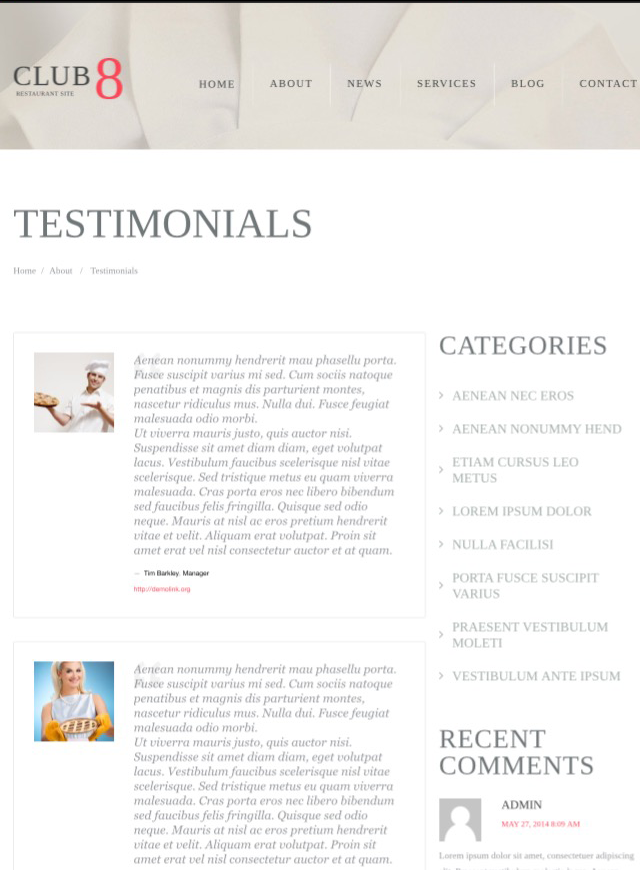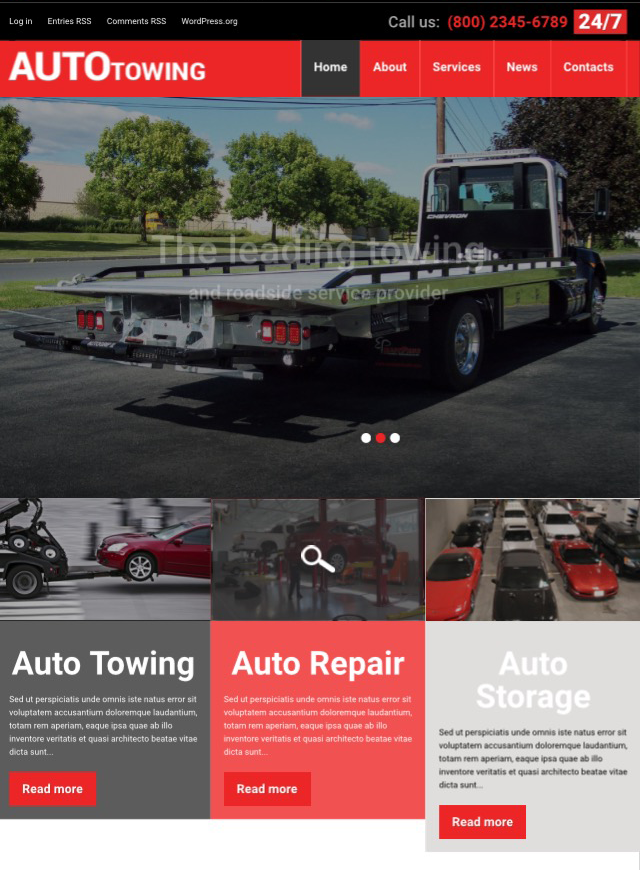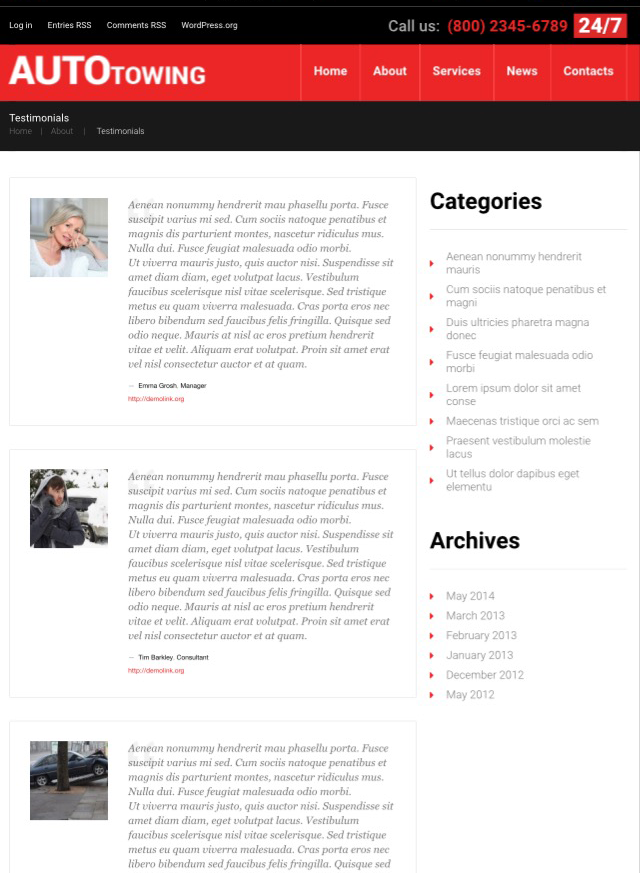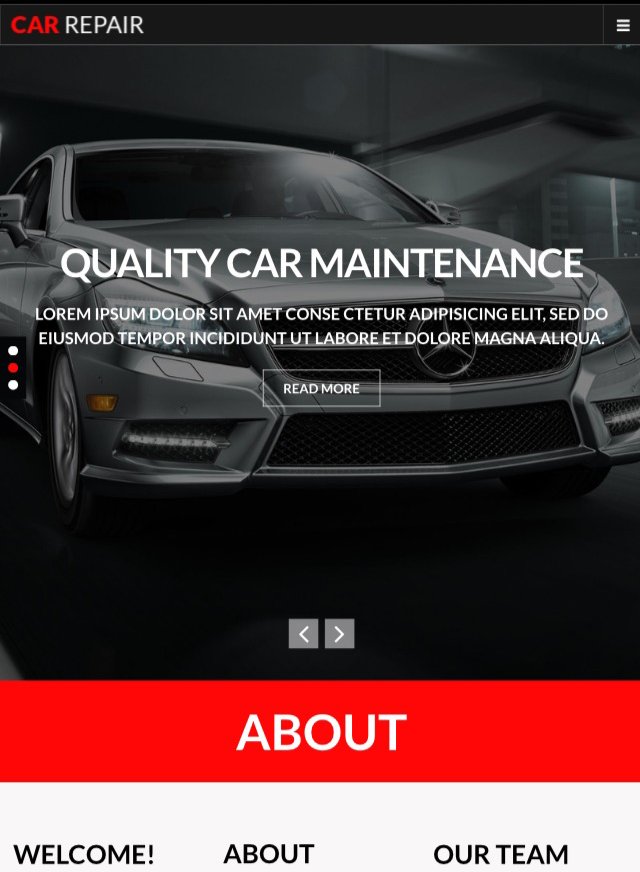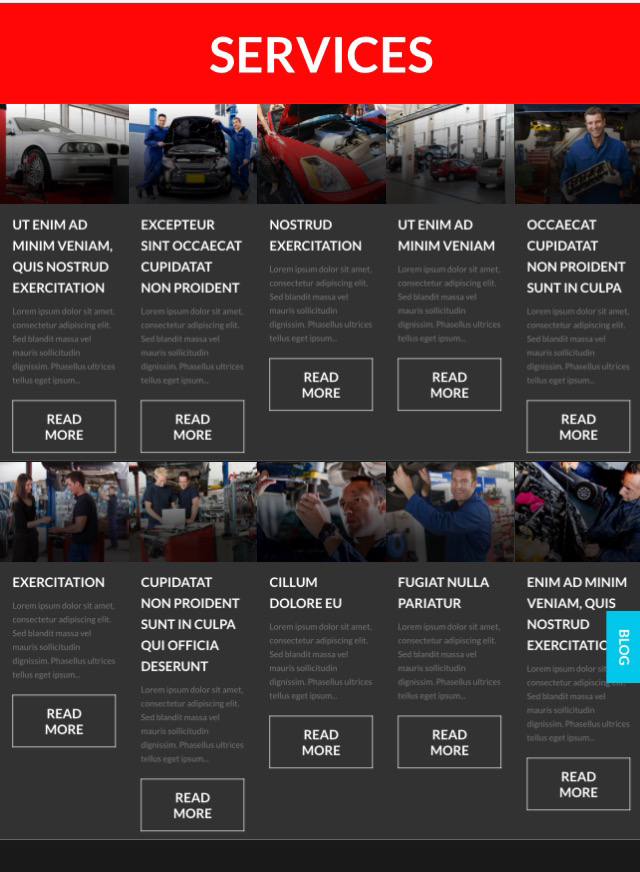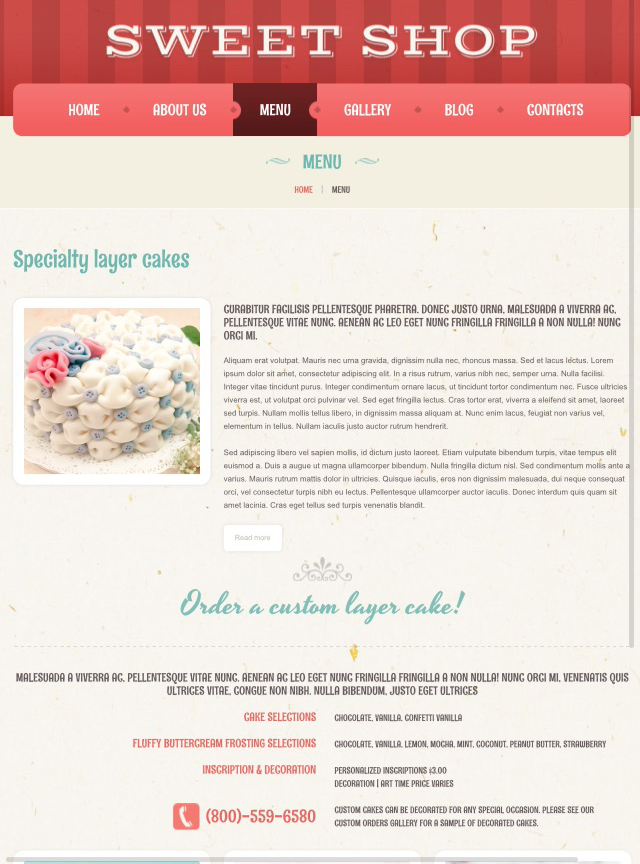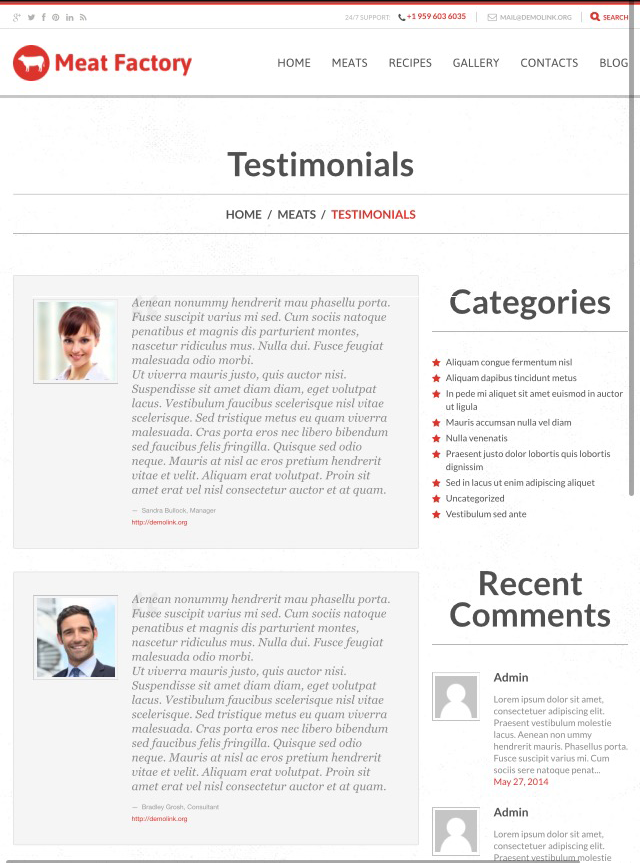MotoPress Review: Reinventing the Standard WordPress Text Editor
As a blogger, I spend a lot of time using the WordPress Content Editor. Potentially, any improvements in the post creation process can greatly affect my work, so I was quite intrigued by the drag-and-drop MotoPress plugin, specially designed to replace the standard text editor.

Frankly, so far I have not had any problems with a standard text editor, so I didn’t fully understand what to expect from Motressress: “work - do not touch”, right?
')
However, I was going to test a few basic features (which are many) with a fresh look to provide an independent overview of the plug-in. And that's what happened to me.
First, it is very easy to connect Motopress: after installing and activating it, just start the WordPress editor, as you usually do, and you will see the MotoPress Content Editor button, just below the post title. One click open its interface.

After launching (note: the download takes a few seconds) the interface already looks completely different. The painfully familiar WordPress menu on the left disappears, as well as the Publish, Categories, and Tags on the right.
Instead, MotoPress displays its own buttons on the left, and the drag-and-drop editor is centered and has two options for skins: light and dark. The only familiar element is the WordPress navigation menu at the top of the screen to return to the standard WordPress view. Just click the Close button in the upper corner to close the plugin.
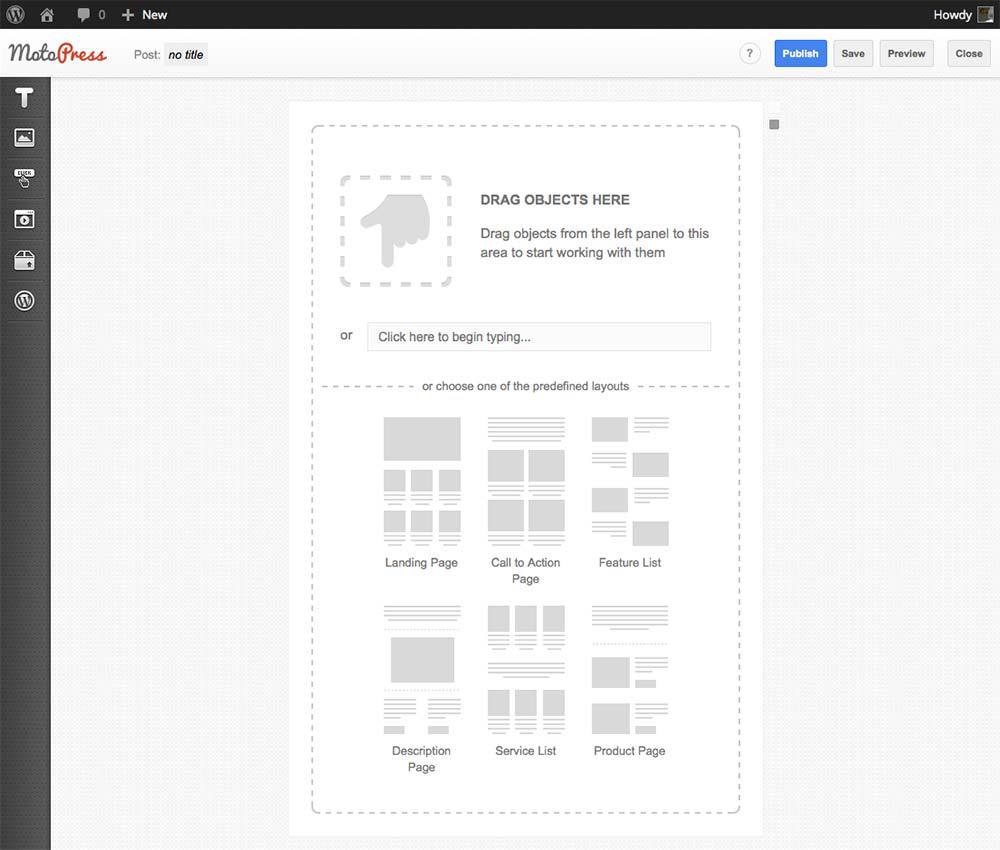
For doubting users, developers have implemented the Help and Tutorials button, a question mark in a circle next to the Publish button, which opens several useful videos — a total of nine video clips that show everything you need to know about the new interface.
Before I tested the main features of the new plug-in, I decided to see how editing an ordinary text post would work.
MotoPress Editor can work with posts, pages and custom types of publications - you can configure this in the menu MotoPress> MotoPress Settings (Options). There you can also set up user access.
If you are also used to using the standard WordPress editor, you will need a few minutes to get used to all this. I was asked to either drag objects into the Drag-and-Drop editor, or just start typing. When you click on “Start typing” (Start Typing), the “Paragraph” object is automatically added to the WYSIWYG editor - and you can begin.

After that, I decided to try several new formatting options. MotoPress displays a useful floating over the input field, in which you can select text formatting, play with font sizes and add links. You can also choose a font style, i.e. Switch between plain text or formatting using h1, h2 or h3 tags.

There is also a side pop-up container that will allow you to format the indents around the module using several predefined settings.
After saving the work, MotoPress inserts a short code into your post or page, which you can then see and add to it the elements you need in a regular WordPress editor - very convenient (keep in mind that after removing MotoPress, this code will cease to function).
Creating posts has become very simple: I really felt that the possibilities of managing the formatting of content are now much more.
Having written a simple post, I decided to dig into the possibilities of the plugin deeper.
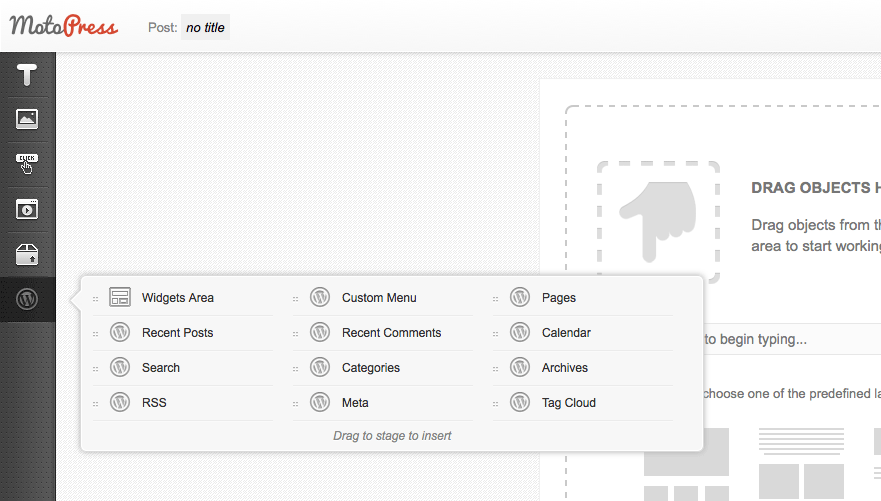
There are about 20 so-called modules for adding to the text editor, located under six headings:
This is an impressive set of supported modules, but the best thing about MotoPress is that you can drag and drop modules into a WYSIWYG editor, giving you full control over the layout of elements on the page. You can drag and drop your content until you place it at the right place.
However, adding several modules to the editor is not the fastest thing: every time you add a new one or change the size or position of an existing one, Motopress takes several seconds to display the new content on the screen. However, this is not such a high fee for the ease of manipulating the formatting and positioning of the content.
Adding an image is also very simple: drag the “Image” module to the place left for it and select a picture for output. You can also easily resize it by pulling the edge.
I was also impressed by the button creation function: MotoPress makes inserting buttons into your content super easy. You can add the desired URL, decide when the link opens in a new window, and choose from a variety of other design options. Buttons and look good - with everything working as in many special plug-ins for creating buttons.

You can also use MotoPress to insert sharing buttons and social media subscriptions. Motopress supports four platforms: FaceBook, Twitter, Google+ and Pinterest. Icons are small but stylish. In addition, you can choose a shape - round, square or rounded.

My favorite module is probably the “Slider” - I’ve added carousels of pictures before, and it was one more problem. With Motorpress, however, it turned out to be incredibly fast and intuitive. You simply drag the slider into place, select the images, and everything works! You can resize the slider just as you resized the image, which allows you to fit this module literally anywhere on your page. Finally, you can choose between dimming or flipping animations, the time between slides, and so on.

Overall, I am extremely pleased with the work of the WYSIWYG editor. It turned out to be both intuitive and fun! You can create an infinite number of combinations of modules, resize them and move them all over the page - and it took me only a few minutes to figure out all this.
I enjoyed “MotorPress” with pleasure, and was pleasantly surprised by the number of functions supported by it - in principle, you can replace several existing plug-ins with one at once.
From a blogging point of view, some modules seemed to me a luxury: I don’t think that I would use other modules besides adding and resizing images frequently. However, if you want to create complex page layouts (especially for landing pages), MotoPress is what you need. Source of
Thank you for reading! We hope you will find both our translation and the plugin useful. We have a TemplateMonster with a whole lineup of templates with built-in MotoPress, which you can get in this case for free:


A complete set of our WordPress templates: www.templatemonster.com/en/wordpress-themes-type
Create websites with ease!


Frankly, so far I have not had any problems with a standard text editor, so I didn’t fully understand what to expect from Motressress: “work - do not touch”, right?
')
However, I was going to test a few basic features (which are many) with a fresh look to provide an independent overview of the plug-in. And that's what happened to me.
First impression
First, it is very easy to connect Motopress: after installing and activating it, just start the WordPress editor, as you usually do, and you will see the MotoPress Content Editor button, just below the post title. One click open its interface.

After launching (note: the download takes a few seconds) the interface already looks completely different. The painfully familiar WordPress menu on the left disappears, as well as the Publish, Categories, and Tags on the right.
Instead, MotoPress displays its own buttons on the left, and the drag-and-drop editor is centered and has two options for skins: light and dark. The only familiar element is the WordPress navigation menu at the top of the screen to return to the standard WordPress view. Just click the Close button in the upper corner to close the plugin.

For doubting users, developers have implemented the Help and Tutorials button, a question mark in a circle next to the Publish button, which opens several useful videos — a total of nine video clips that show everything you need to know about the new interface.
Standard blog posting
Before I tested the main features of the new plug-in, I decided to see how editing an ordinary text post would work.
MotoPress Editor can work with posts, pages and custom types of publications - you can configure this in the menu MotoPress> MotoPress Settings (Options). There you can also set up user access.
If you are also used to using the standard WordPress editor, you will need a few minutes to get used to all this. I was asked to either drag objects into the Drag-and-Drop editor, or just start typing. When you click on “Start typing” (Start Typing), the “Paragraph” object is automatically added to the WYSIWYG editor - and you can begin.

After that, I decided to try several new formatting options. MotoPress displays a useful floating over the input field, in which you can select text formatting, play with font sizes and add links. You can also choose a font style, i.e. Switch between plain text or formatting using h1, h2 or h3 tags.

There is also a side pop-up container that will allow you to format the indents around the module using several predefined settings.
After saving the work, MotoPress inserts a short code into your post or page, which you can then see and add to it the elements you need in a regular WordPress editor - very convenient (keep in mind that after removing MotoPress, this code will cease to function).
Creating posts has become very simple: I really felt that the possibilities of managing the formatting of content are now much more.
WYSIWYG editor
Having written a simple post, I decided to dig into the possibilities of the plugin deeper.

There are about 20 so-called modules for adding to the text editor, located under six headings:
- Text (Title) - Title, Paragraph, WordPress text, Quote.
- Images - Images, Slider.
- Buttons - Buttons, Social Sharing Buttons, Social Network Buttons.
- Video - Video, Audio.
- Custom code - Grid post, Bookmarks, Spaces, Tables, Charts, Google Maps, Embedded code.
- Widgets - Any supported widgets will be displayed here.
This is an impressive set of supported modules, but the best thing about MotoPress is that you can drag and drop modules into a WYSIWYG editor, giving you full control over the layout of elements on the page. You can drag and drop your content until you place it at the right place.
However, adding several modules to the editor is not the fastest thing: every time you add a new one or change the size or position of an existing one, Motopress takes several seconds to display the new content on the screen. However, this is not such a high fee for the ease of manipulating the formatting and positioning of the content.
Adding an image is also very simple: drag the “Image” module to the place left for it and select a picture for output. You can also easily resize it by pulling the edge.
I was also impressed by the button creation function: MotoPress makes inserting buttons into your content super easy. You can add the desired URL, decide when the link opens in a new window, and choose from a variety of other design options. Buttons and look good - with everything working as in many special plug-ins for creating buttons.

You can also use MotoPress to insert sharing buttons and social media subscriptions. Motopress supports four platforms: FaceBook, Twitter, Google+ and Pinterest. Icons are small but stylish. In addition, you can choose a shape - round, square or rounded.

My favorite module is probably the “Slider” - I’ve added carousels of pictures before, and it was one more problem. With Motorpress, however, it turned out to be incredibly fast and intuitive. You simply drag the slider into place, select the images, and everything works! You can resize the slider just as you resized the image, which allows you to fit this module literally anywhere on your page. Finally, you can choose between dimming or flipping animations, the time between slides, and so on.

Overall, I am extremely pleased with the work of the WYSIWYG editor. It turned out to be both intuitive and fun! You can create an infinite number of combinations of modules, resize them and move them all over the page - and it took me only a few minutes to figure out all this.
Verdict
I enjoyed “MotorPress” with pleasure, and was pleasantly surprised by the number of functions supported by it - in principle, you can replace several existing plug-ins with one at once.
From a blogging point of view, some modules seemed to me a luxury: I don’t think that I would use other modules besides adding and resizing images frequently. However, if you want to create complex page layouts (especially for landing pages), MotoPress is what you need. Source of
Thank you for reading! We hope you will find both our translation and the plugin useful. We have a TemplateMonster with a whole lineup of templates with built-in MotoPress, which you can get in this case for free:


A complete set of our WordPress templates: www.templatemonster.com/en/wordpress-themes-type
Create websites with ease!

Source: https://habr.com/ru/post/258883/
All Articles

